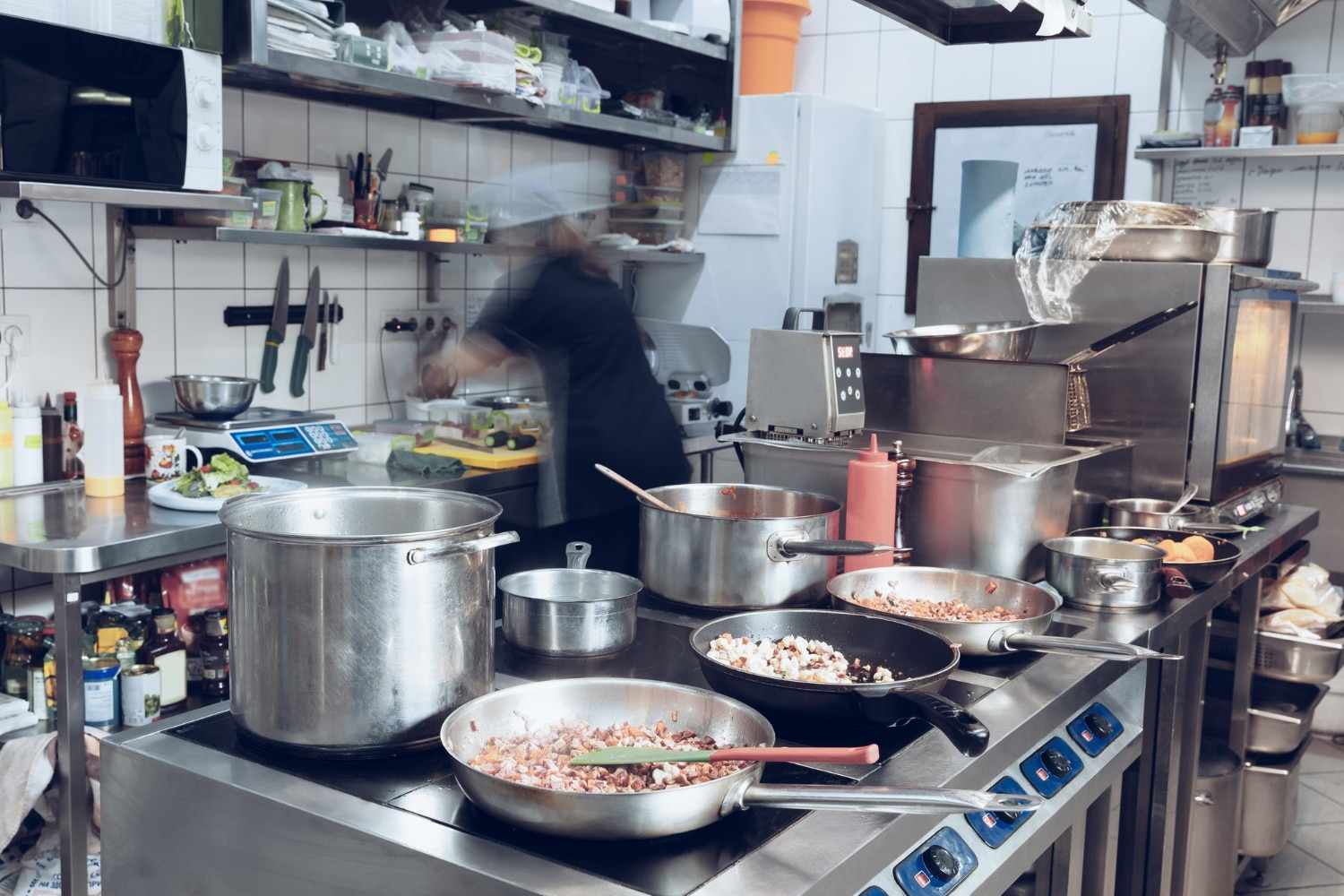
Introduction
The Personal Robot Market is growing at an exponential rate as technological advancements make robots more accessible, intelligent, and versatile. One of the most intriguing and rapidly developing applications for personal robots is home security. Traditionally, security systems have relied on cameras, sensors, and human intervention. However, personal robots are now taking home security to the next level by offering advanced capabilities like monitoring, threat detection, alert systems, and AI-powered behavioral analysis.
This article explores the evolving role of robotic personal assistants in home security, examining how they go beyond mere surveillance to ensure the safety and well-being of households.
The Rise of Robotic Personal Assistants
Personal robots have made significant progress in recent years, transitioning from simple task-oriented devices to sophisticated machines with enhanced capabilities. These robots are designed to assist with various tasks in the home, such as cleaning, cooking, and even companionship. However, their role in home security has gained considerable attention, as they now serve as proactive protectors of the household.
Robotic personal assistants for home security are equipped with sensors, cameras, and advanced algorithms that allow them to detect and respond to potential security threats. They are capable of performing a range of tasks, from monitoring the surroundings to identifying unusual behavior and alerting homeowners of potential risks. In addition, many of these robots are designed to integrate with existing home automation systems, providing a seamless and efficient approach to home security.
Monitoring and Surveillance
The most basic function of a robotic personal assistant in home security is monitoring. These robots are typically equipped with high-definition cameras and motion sensors, allowing them to patrol the home and detect any unusual activity. Unlike traditional security cameras, which are stationary and limited in their field of view, personal robots are mobile and can cover a wider area. They can move around the home autonomously, adjusting their position based on detected movements or sounds.
Robotic personal assistants can also work in tandem with other smart devices, such as doorbell cameras and motion detectors, to provide real-time video feeds and alerts. Homeowners can monitor their property remotely through their smartphones or other connected devices, receiving notifications whenever the robot detects potential threats. This continuous monitoring not only ensures that the home is secure but also offers peace of mind for individuals who may be away for extended periods.
Threat Detection and Alert Systems
In addition to basic surveillance, personal robots for home security are equipped with advanced threat detection systems. These robots are capable of identifying various types of security threats, including intruders, fire hazards, and even gas leaks. They utilize a combination of visual, auditory, and environmental sensors to detect anomalies and distinguish between harmless activity and potential danger.
For example, robots may be programmed to recognize human figures and differentiate them from pets or other moving objects. If a robot detects an unfamiliar person within the vicinity, it can send an alert to the homeowner and even record video footage of the individual. In the case of fire or smoke detection, robots can also send emergency notifications and activate other safety measures, such as triggering fire alarms or contacting emergency services.
Alert systems are one of the key features that set robotic personal assistants apart from traditional home security systems. These robots are not only capable of monitoring their surroundings but also taking proactive measures when a potential threat is identified. Whether it's sending an immediate alert to the homeowner or initiating a series of actions to neutralize the threat, these robots act as a critical component in modern home security.
AI-Powered Behavioral Analysis
Perhaps the most innovative aspect of robotic personal assistants in home security is their use of artificial intelligence (AI) for behavioral analysis. AI-powered robots are capable of learning and adapting to the behavior of the household, allowing them to identify deviations from normal patterns and detect potential security threats with greater accuracy.
For example, a robot might learn the daily routines of the household—such as when family members typically come and go—and recognize when something out of the ordinary occurs. If the robot detects an unfamiliar presence in the home during a time when it is not typical, it may raise an alert. Additionally, these robots can assess the behavior of individuals within their environment, identifying suspicious actions that could indicate an intrusion or potential threat.
AI algorithms can also enable personal robots to assess the context of the situation. For example, if the robot detects an individual who appears to be acting suspiciously outside the home, it can analyze the situation based on historical data, such as previous security incidents or neighborhood crime reports, to determine the likelihood of a threat. This level of analysis allows personal robots to provide more accurate threat assessments and respond in a more nuanced manner than traditional security systems.
Integration with Home Automation
The integration of personal robots with home automation systems is a key factor in their effectiveness as home security devices. By connecting with other smart devices, such as smart locks, cameras, lights, and alarm systems, personal robots can create a unified security ecosystem. This integration allows for automated actions in response to detected threats, such as locking doors, turning on lights, or sounding an alarm.
For example, if a robot detects a potential intruder, it can send a signal to the smart door lock to automatically lock the doors, preventing the intruder from gaining access to the home. Additionally, the robot may activate the smart lighting system to illuminate the home and make it appear as though someone is present, thereby deterring the intruder.
By integrating with existing smart home systems, robotic personal assistants can offer a comprehensive and automated security solution that requires minimal human intervention. This level of automation not only enhances security but also provides convenience for homeowners who want a seamless experience.
Challenges and Future Developments
While the potential of robotic personal assistants in home security is undeniable, there are still challenges to overcome. One of the main obstacles is the cost of these advanced robots, which can be prohibitive for many consumers. Additionally, the reliability and accuracy of AI-powered threat detection systems must continue to improve to ensure that robots can identify real threats without generating false alarms.
Privacy concerns are another issue that needs to be addressed. As personal robots collect data about the household's activities, there is a risk that sensitive information could be compromised. Developers will need to implement robust security measures to protect user data and ensure that personal robots are only used for their intended purposes.
As technology continues to evolve, we can expect further advancements in robotic personal assistants for home security. Future developments may include even more advanced AI capabilities, improved mobility, and enhanced integration with other smart home devices. The role of personal robots in home security is set to expand, offering homeowners a new level of protection and convenience.
Conclusion
Robotic personal assistants are transforming home security by moving beyond traditional surveillance systems and offering advanced threat detection, alert systems, and AI-powered behavioral analysis. These robots provide a dynamic, proactive approach to home security, ensuring that households are better protected against a wide range of threats.
As technology continues to advance, the role of personal robots in home security will only continue to grow, offering innovative solutions that integrate seamlessly with existing smart home systems. While challenges remain, the future of personal robots in home security looks promising, providing homeowners with greater peace of mind and protection.











Write a comment ...